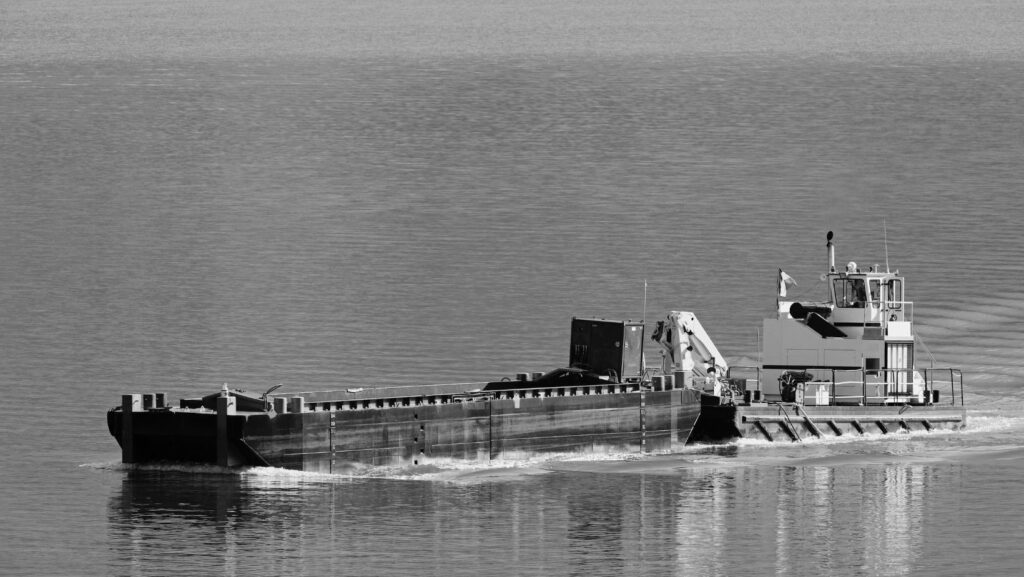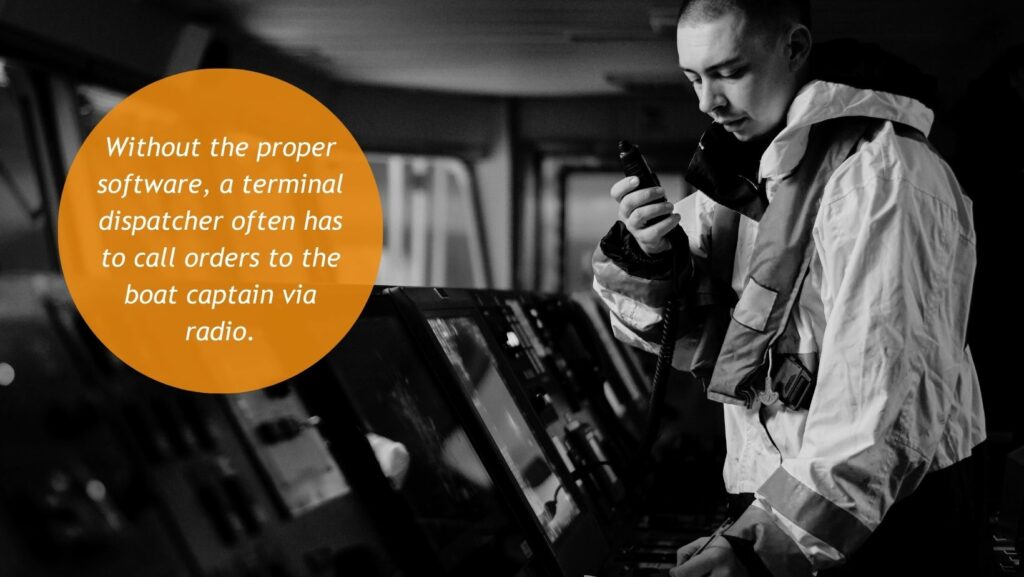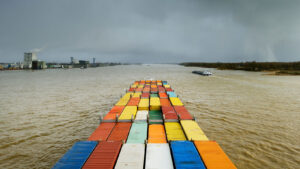
In the barge transportation industry, time is money. If items are delayed in port or in transit, that can mean additional costs, not to mention failure to deliver on time. Some delays in barge operations can’t be avoided; but with the right communications software, you can minimize delays and maximize your bottom line.
Common Reasons for Barge Operation Delays, and How BargeOps Can Help
While no one can change the weather, the right software can streamline barge operations—and thereby address or mitigate some causes of delays. BargeOps offers multiple solutions for improving communications and maintaining records to help improve your barge operations profitability.
Delays Resulting from Weather and Water Levels
Problem: In winter, passing through icy locks can take as long as six hours. Some frozen locks become so narrow that only two barges at a time can get through. Snow and ice storms can also significantly delay travel. Even while in port, strong storms can suspend loading and unloading activities. This can delay vessels from leaving and prolong the journey to their ports of call.
And to navigate the Mississippi safely, water levels should be at least 9 feet deep. When the river gets low, delays in barge operations are inevitable. Lighter loads must be sent, barge traffic slows, and freight prices increase. Who can forget last October when the water level reached -9 near the Mississippi River Basin? The Corp of Engineers dredged the area for six months to restore navigation, shuttering barge traffic in both directions and leaving 100 towboats and 2,000 barges stuck between Louisiana and Mississippi.
Solution: BargeOps has the potential to integrate with other tools and resources that track data from the US Army Corps of Engineers (USACE) for things like Lower Gauge and Openings for locks. BargeOps can also record lock or gauge location, facility characteristics, flood stage, pool stage, low water, normal current, high water, and catastrophic level. Having this data recorded and easily shareable can help other boats in your fleet.
Transfer of Information Between the Barge and Port
Problem: For speedy operations, communication is critical between onshore and offshore workers. Without the proper software, a terminal dispatcher often has to call orders to the boat captain via radio. The boat captain then has to spend time copying down what they did on a spreadsheet, then send it back to shore where it’s manually turned into an invoice. It’s easy to see how information can get lost with such a manual process. A barge captain has many other tasks to handle in addition to filling out a spreadsheet; if he gets busy or other emergencies come up, the invoice may not be sent to port until well after it’s needed.
Solution: Instead of emailing spreadsheets back and forth, dispatch can input orders into BargeOps which sends instructions out to the boats for execution. Boats can handle those orders within their daily work, and the information will go back to shore automatically. As captains manage their activities through the system, it keeps a complete electronic deck log. This exchange of information between the boats and the shore keeps the entire team on the same page and working efficiently.

Insufficient Manpower or Crew Discrepancies
Problem: When barge companies lack employees due to labor shortages or illness, delays will happen if there isn’t enough manpower to crew vessels. It’s important to be able to see who is on a crew, who is missing, and when the crew changes.
Solution: BargeOps Onboard keeps track of which crew members are on board, when the crew changes, and automates the recording of all information needed into the deck logs. It also processes all their billable tasks electronically, preventing employees from having to take time to log hours and create invoices—and instead lets them perform tasks that speed up operations.
Poor Inventory Management
Problem: When ports are inefficiently managed, containers rapidly pile up, leaving no space for incoming barges to unload their items. Schedule reliability can be thrown off significantly and lead to prolonged transit times.
Solution: When commodities are being dropped off or picked up, BargeOps Terminal automates inventory management to speed the process along. Information about the customer, components of the inventory, and the intermodal transfer method is all tracked, allowing you to set up billing for all of these functions under one contract.i
Compliance Issues
Problem: Not having the right compliance paperwork can lead to delays in barge operations. Relevant certificates, product specifications, and other documentation errors can lead to problems at every checkpoint.
Solution: The EPA’s regulations related to VGP (Vessel General Permit) require the regular completion of many different forms with accurate data to ensure compliance. The BargeOps VGP Compliance module helps fleeting and towing companies comply with these requirements by replacing the very time consuming, paper-driven process (which includes a lot of forms as well as tracking data in various Excel spreadsheets). Compliance forms are embedded in BargeOps as part of the routine workflow.
Slow Billing or Invoicing
Problem: Keeping track of which invoices have been sent via email, which ones were printed and mailed, and which ones have yet to be sent to customers is taxing. And when bills don’t get paid in time, it affects your barge transport company’s profitability.
Solution: BargeOps clients are able to track which invoices were sent as emails and which were printed and mailed to customers, and even track if an invoice was sent multiple times. A report of invoice data is also available to filter by customer, sent date range, invoice date range, and invoice number range. BargeOps integrates with many popular accounting systems in use by our inland marine customers.
How BargeOps Uses Analytics to Minimize Delays in Barge Operations
By analyzing events such as congestion times, river conditions, lock delay time, shifts between O/D pairs, midstream-in/out times, fleeting days, and so on, the BargeOps Analytics module makes it easy to track the “why’s” of company performance over time.
For example, you can keep track of how many barges were moved by your boats over a period of time when water levels were low vs. when they were high. Or how long it took barges to reach their destination during peak shipping months.
All of this can help to evaluate why delays happen so your team can address them — and plan accordingly for future travel.
Want to Experience How BargeOps Can Improve Your Bottom Line?
We would love to show you a demonstration of how our software can minimize delays in your barge operations. Contact us today to request a demo or to speak to schedule a consultation.


